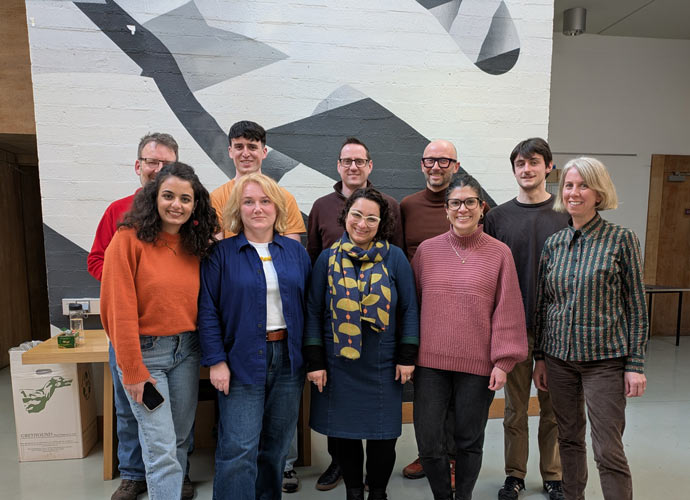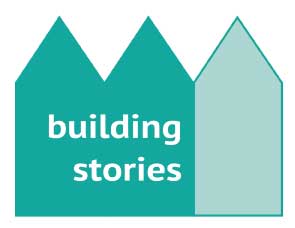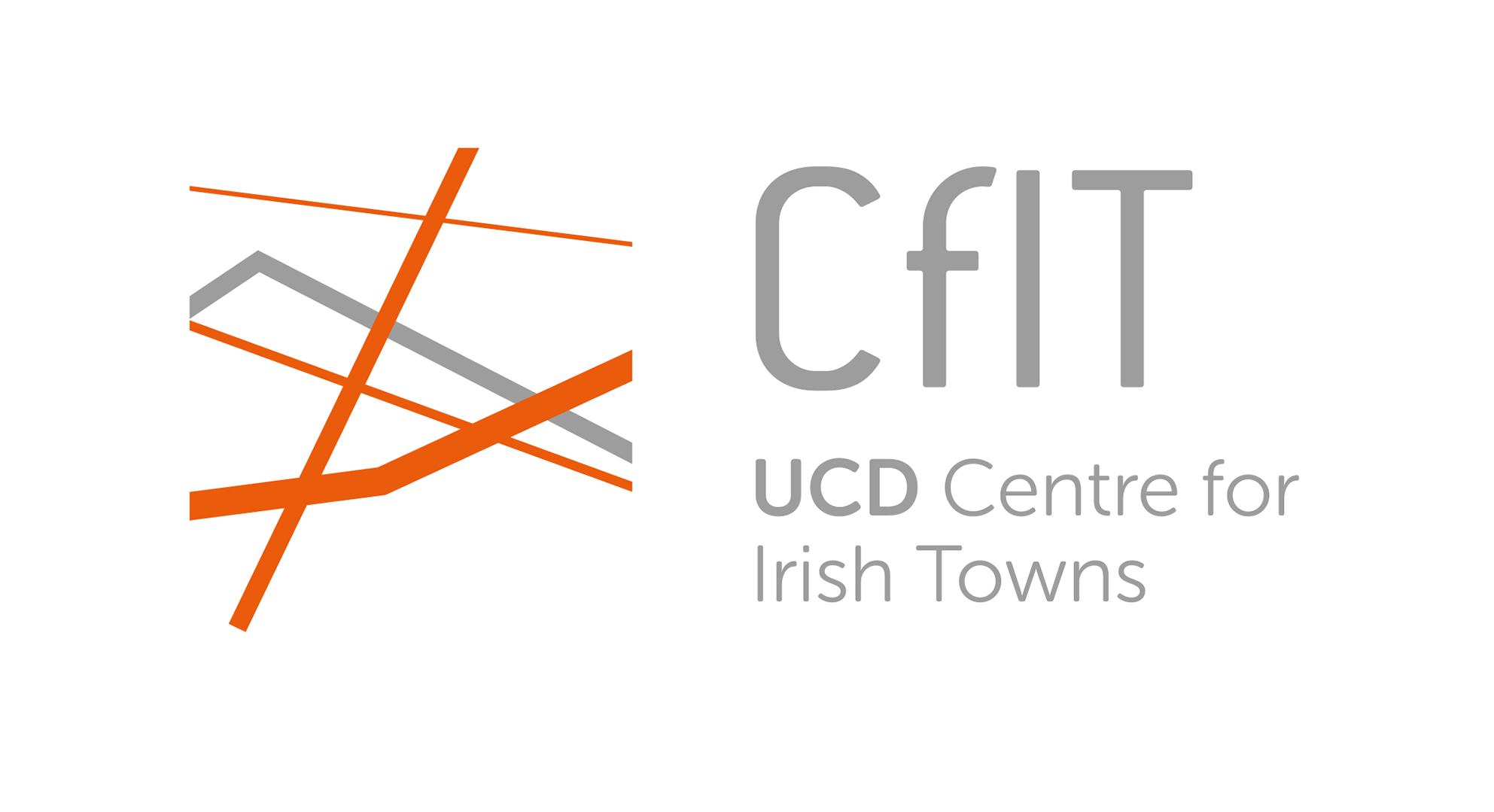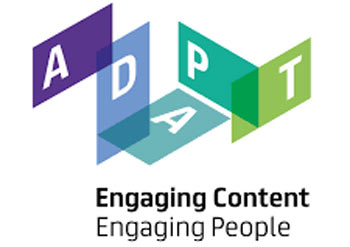Our Research Areas
Our research focuses on vacancy and adaptive capacity in the built environment, with a particular emphasis on geospatial data modelling. Using proxy datasets, GIS, and artificial intelligence, we aim to develop a comprehensive and dynamic tool that enables granular analysis of vacancy at the level of individual buildings and sites in Ireland.
The project bridges data science, urban planning, and digital technologies to reveal how urban areas can adapt more efficiently, sustainably, and equitably to meet housing needs, reduce carbon emissions, and revitalise town centres. This interdisciplinary research supports evidence-based decision-making and aligns with broader goals of the green transition, digital transformation, and citizen engagement in planning.
Expected Impact
We believe that good-quality data will lead to more efficient use and management of the built environment. There is an opportunity to utilise, leverage, and combine expertise and innovation in data science, data governance, digital technologies, citizen science, and planning in Ireland to better understand and address the vacancy. This, in turn, can support public and private actors to:
- Provide urgently needed homes
- Reduce greenhouse gas emissions by minimising demolition and new construction—helping to meet the 51% reduction target by 2030 (relative to 2018 levels) and achieve carbon neutrality by 2050
- Revitalise town centres to support sustainable communities and foster social cohesion
Responsible Data Use Notice: The Building Stories Project makes use of a variety of datasets related to buildings and private residential properties. These may include location-based identifiers such as Eircodes, which support spatial analysis and help ensure data accuracy. All data is handled in accordance with relevant data protection regulations and is used solely for research and analytical purposes. No personal or sensitive data will be shared.























